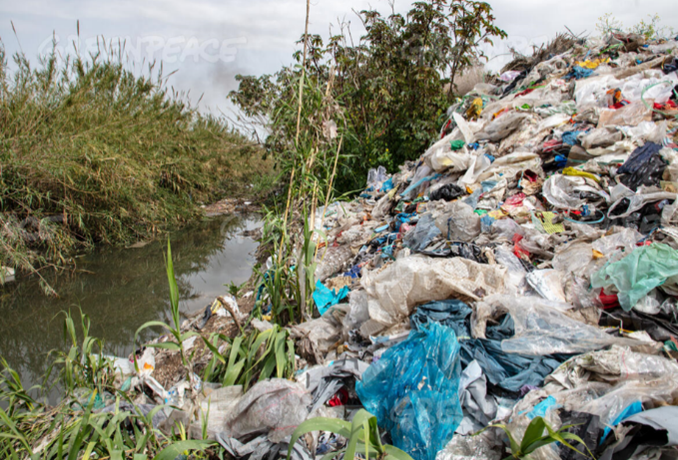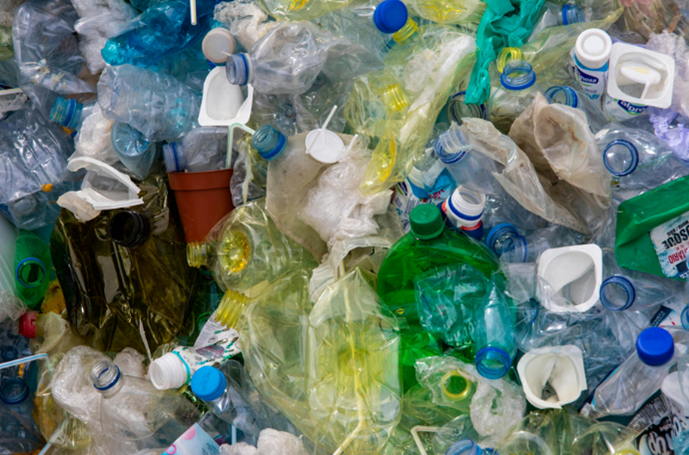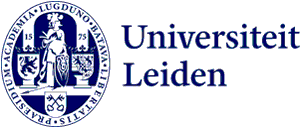
Poor countries recycle far more of our plastic than we thought. But it's not enough.
Countries that import plastic waste recycle an average of at least 63 percent of it. This is surprising, as we previously believed that the vast majority was incinerated or ended up as litter. This was discovered by PhD candidate Kai Li and his colleagues from the Institute of Environmental Sciences in Leiden.
Countries like Malaysia import many tonnes of plastic waste from Europe each year, paying a few pennies per kilo. This might seem strange, but according to Kai Li, it makes sense. ‘As a resident of the Netherlands, you pay waste collection fees to dispose of your plastic waste. That money is used to collect, sort, and clean the waste. As a result, a significant portion of that waste is transformed into a valuable raw material, such as polyethylene pellets made from certain bottle and can packaging.’

Plastic travels the globe
Li studied Management Science and Engineering in China and is now researching the environmental effects of the global trade in plastic waste at the Department of Industrial Ecology at the Leiden Institute of Environmental Sciences. Does this trade promote a circular economy, or does it ultimately lead to more pollution? Li, now in the fourth year of his PhD, and his colleagues took an interesting step towards answering this question, which they describe in Nature Communications.
Unrecycled waste is incinerated or landfilled
Researchers had previously assumed that countries importing plastic recycled the same low proportion as the plastic waste generated domestically. Unrecycled waste is either incinerated or dumped in landfills. This is bad news for the environment, as incineration releases toxic substances, and much plastic from landfills eventually blows into the sea. Li and his colleagues found it hard to believe that Turkey recycles only twelve percent of the plastic waste it imports.
How much waste do countries import, and what do they pay for it?
Using Comtrade, a global platform for trade data, Li was able to find out how much plastic 22 countries import and what they pay for it. ‘Poorer countries import the most waste, but also countries like the Netherlands and Germany do so.’ Wealthy nations primarily import high-quality, well-sorted waste to keep their advanced recycling facilities operational.
What does it cost to turn it back into a resalable product?
Once the researchers knew how much plastic each country imported and how much they paid, they wanted to determine the cost of recycling that plastic into a resalable product. They calculated as precisely as possible what it costs to recycle each type of plastic in each country. Li explains: ‘Depending on factors such as the methods used, energy costs, and labour wages, these costs vary significantly from country to country and by type of plastic.’
Then you know the recycling percentage needed for profitable imports
Li and his colleagues calculated the minimum proportion of imported plastic that needed to be recycled and sold for each country to break even and make the import profitable. ‘This Required Recycling Rate varies greatly by country’, Li noted. ‘For Turkey, it is about fifty percent, while for the Netherlands it approaches eighty percent.’ On average, a country must recycle at least 63 percent of imported plastic. This Required Recycling Rate is much higher than the 23 percent that these countries were previously thought to recycle.

The misunderstanding about imported waste versus domestic waste
Kai Li read an article in The Guardian about the large amounts of plastic waste the UK ships to Turkey. ‘This surely couldn’t end well, as Turkey recycles only twelve percent of its domestic plastic waste.’ Researchers assumed that Turkey would burn or landfill an equivalent share of the imported plastic waste. However, this is unlogical, says Professor of Industrial Ecology Arnold Tukker: ‘Most loss in the life cycle of plastic occurs after use and before collection. Much plastic is simply not collected but thrown on the ground.’ Thus, you cannot compare a shipload of pre-sorted beverage and can packaging that Turkey imports with the unsorted plastic waste generated within the country. Photo: Landfill in Turkey © Caner Ozkan, Greenpeace
Good news, but still…
The researchers assume that these minimum recycling rates are indeed being met; otherwise, it wouldn’t be profitable to pay for the raw material. Is this research result good news? Li isn’t so sure. ‘It’s encouraging that more is being recycled than we thought. However, a lot of plastic waste can still be incinerated or landfilled, polluting the environment in that way.’ He is now trying to ascertain how much this actually is. Li’s supervisor, Hauke Ward, added: ‘If there were a price tag on environmental pollution in developing countries, those countries would recycle much more.’
China banned imported plastic
Li and his colleagues examined trade flows from 2013 to 2022. In the middle of this period, something occurred that significantly changed the trade in plastic waste. ‘That was China’s plastic ban,’ Li explained. ‘Until 2018, the majority of plastic waste went there. However, it was mostly dirty and unsorted waste, which was difficult to recycle. It yielded China very little money but caused significant environmental damage. Therefore, in 2018, China banned all imports of plastic, as well as paper and other solid waste.’
The problem shifted but also shrank
The trade then shifted to Turkey and Southeast Asian countries like Malaysia and Vietnam. However, alongside this shift, there was also an improvement. International agreements, such as the amendments to the Basel Convention in 2021, now require better cleaning and sorting of waste before it can be exported. Li: ‘Due to this strict policy, we can expect the trade in plastic waste between Northern countries to increase, while that between Northern and Southern countries decreases.’ This means fewer travel miles for our plastic waste.
The research findings, of course, do not change the mountain of plastic waste. Li stated: ‘The most important thing is that we globally work to reduce plastic waste. If governments limited plastic production, there would also be less waste.’

Plastic, plastic, and more plastic
The research did not concern all plastic waste that countries receive. Industrial ecologist Hauke Ward, one of the authors of the Nature article, said: ‘Our research only pertains to officially registered and well-sorted trade in plastic waste.’ The researchers distinguished four categories:
- About half of the registered waste consists of the aforementioned beverage and can packaging, from which factories can produce new polyethylene pellets.
- Approximately ten percent of the examined waste consists of polystyrene – from disposable cups, chip containers, and expanded polystyrene – and PVC, which contains toxic dioxins and phthalates.
- The remaining forty percent was other waste, primarily PET bottles and polypropylene, which is stronger plastic used in items like jerry cans and certain furniture and carpets.
Text: Rianne Lindhout
Also read:
Economic viability requires higher recycling rates for imported plastic waste than expected | Nature Communications | 31-08-2024
